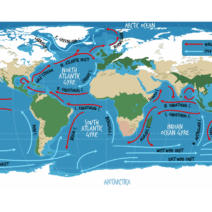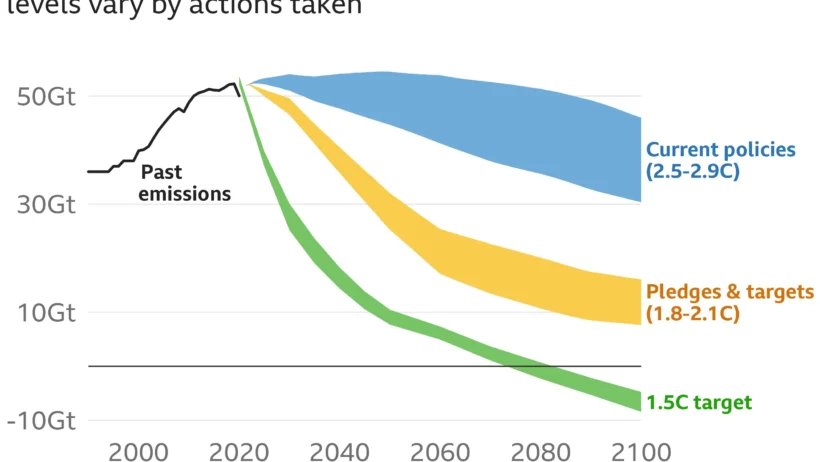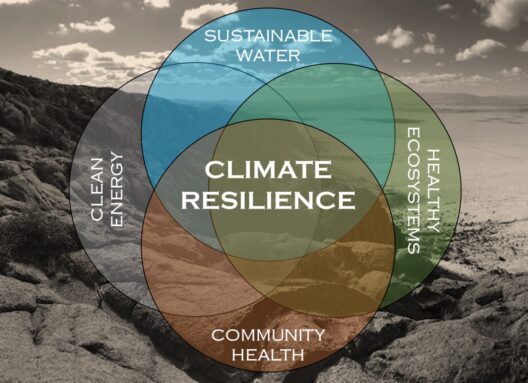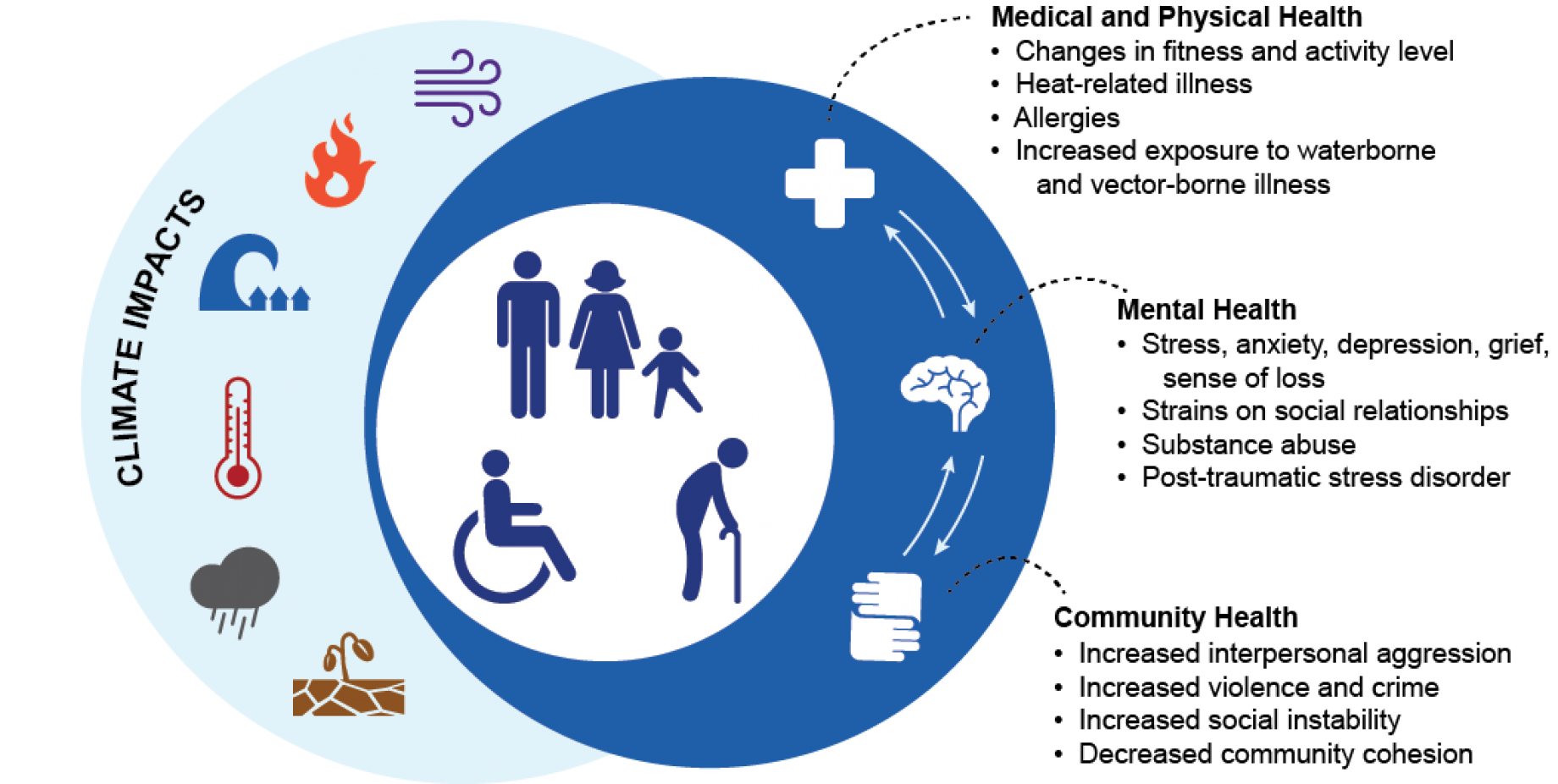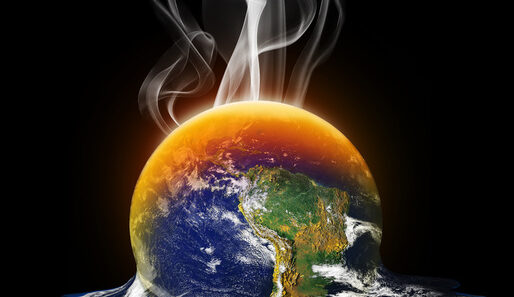When contemplating the earth’s climate, one cannot help but ponder: what role does carbon dioxide (CO2) play in global warming? This inquiry leads us down a path fraught with complexity, yet illuminates a fundamental truth about our changing world. Global warming, a phenomenon characterized by a gradual increase in average temperatures, is predominantly attributed to anthropogenic—human-caused—factors, with CO2 serving as a cornerstone of this environmental quandary.
To unravel this intricate relationship, it is imperative to first understand the mechanics of the greenhouse effect. Solar radiation reaches the Earth’s surface, some of which is absorbed, warming the planet. In turn, this heat is radiated back towards space. However, certain gases in the atmosphere, including CO2, act like a thermal blanket, trapping heat and preventing it from escaping. This process is not inherently detrimental; in fact, without it, Earth would be inhospitably cold. Yet, the question arises: how much is too much?
Human activities—foremost among them, the combustion of fossil fuels, deforestation, and industrial processes—have led to an unprecedented increase in atmospheric CO2 concentrations. Since the Industrial Revolution, the levels of this greenhouse gas have surged by over 40%. This spike correlates with a notable rise in global temperatures, which have increased by approximately 1.2 degrees Celsius since the late 19th century. The challenge extends beyond mere numbers; it manifests in extreme weather events, disrupted ecosystems, and rising sea levels. It begs the inquiry: are we prepared to confront the repercussions of this warming?
Delving deeper into the specifics, the link between CO2 and global warming can be examined through the lens of carbon cycles. The carbon cycle is a natural process in which carbon is exchanged among the biosphere, pedosphere, geosphere, hydrosphere, and atmosphere. Plants, for instance, absorb CO2 during photosynthesis, a vital mechanism for sustaining life. However, anthropogenic emissions have upset the balance of this cycle, leading to an accumulation of CO2 in the atmosphere beyond the capacity of natural systems to sequester it.
But what are the implications of this relentless rise in CO2 concentrations? Scientific evidence suggests a multitude of effects. Increased greenhouse gas emissions have been linked to the acceleration of climate change, resulting in phenomena such as amplified heatwaves, intensified storms, and altered precipitation patterns. Ecosystems are increasingly strained, and many species face extinction due to their inability to adapt quickly enough to the shifting climate conditions.
In addition to ecological disturbances, the sociopolitical ramifications of global warming are staggering. Displacement due to rising sea levels, food security threats owing to fluctuating agricultural yields, and heightened public health risks from heatwaves and vector-borne diseases exemplify the myriad challenges faced by communities worldwide. The question remains: how do we mobilize collective action in the face of such daunting challenges?
Mitigating the impact of CO2 emissions necessitates a multifaceted approach. Transitioning to renewable energy sources—such as solar, wind, and hydroelectric power—can significantly reduce reliance on fossil fuels. Moreover, enhancing energy efficiency and conservation measures present tangible pathways to lower emissions. Yet, no single solution suffices in isolation; a systemic overhaul of policies, market frameworks, and consumer behaviors is imperative.
An equally critical aspect of addressing CO2 levels lies in the realm of carbon capture and storage technologies. These innovative approaches aim to capture CO2 emissions at their source—such as power plants—and store them underground or convert them into useful products. While still in developmental stages, these technologies harbor immense potential to alter the trajectory of our climate crisis.
Concurrently, reforestation efforts and sustainable land management practices offer a counterbalance to the rising CO2 levels. Forests act as vital carbon sinks, absorbing vast amounts of CO2. Enhancing public awareness and promoting grassroots movements can galvanize community-led initiatives, fostering a culture of environmental stewardship.
The task at hand transcends individual responsibility; it demands a collective will. Governments must not only enact robust environmental policies but also hold corporations and industries accountable for their carbon footprints. International cooperation becomes essential as climate change knows no borders. Global agreements, such as the Paris Accord, aim to unite countries in the shared goal of limiting temperature rise and reducing greenhouse gas emissions. However, these agreements necessitate unwavering commitment and actionable strategies to be effective.
In contemplating our relationship with CO2 and its consequential impact on global warming, it becomes evident that the stakes are staggering. Climate change poses a profound challenge, but also an opportunity for innovation, unity, and transformative change. Each action, each voice raised in advocacy, can contribute to reversing the current trajectory. The question that remains is whether we will rise to the occasion.
Ultimately, understanding CO2’s role in global warming should spur not just contemplation, but action. Our future hinges on the choices we make today regarding energy consumption, resource management, and environmental policies. Will we embrace the challenge? Only time will tell, but the urgency for informed and proactive measures could not be clearer. By asking ourselves how each of us can contribute, we may yet forge a more sustainable future.
